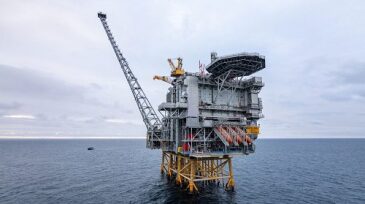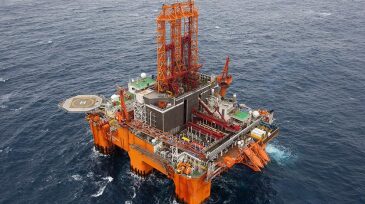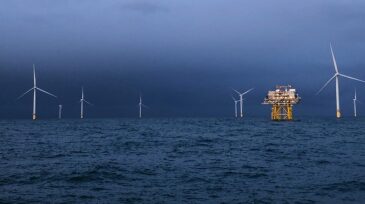Equinor
-
Equinor announced that one person at the Martin Linge field in the North Sea offshore Norway has tested positive for the coronavirus. The company says the person is not seriously ill.
-
Equinor and partners Shell and Total have completed the drilling of a confirmation well south of the Troll field in the North Sea. The purpose of the well is to determine the suitability of the reservoir for carbon dioxide storage.
-
The companies have signed a memorandum of understanding on digital collaboration to develop solutions and methods together through the exchange of expertise in areas such as data science, artificial intelligence, and 3D printing.
-
Because the greenfield can use existing infrastructure, the Norwegian operator says it will count as a low-carbon development.
-
Described as Brazil’s first-ever integrated SPS and SURF project, the development will include 19 wells, approximately 130 km of rigid risers and flowlines, and 35 km of umbilicals.
-
The international Ocean Renewable Energy Action Coalition, spearheaded by Ørsted and Equinor, has been formed to advance sustainable deployment of ocean-based renewable energy and mitigate the harmful effects of climate change.
-
The plan will extend production of the largest field on the Norwegian Continental Shelf to 2040, while also deferring plans to decommission the Statfjord A platform. Statfjord A was originally scheduled to be decommissioned in 2022.
-
The company has launched new climate ambitions to reduce the absolute greenhouse gas emissions from its operated offshore fields and onshore plants in Norway by 40% by 2030, 70% by 2040, and to near zero by 2050.
-
Equinor has released its plan for eliminating carbon dioxide emissions in Norway by 2050, but it comes with some tall technical challenges.
-
As part of the contract, Wood will provide the topside modifications needed for the Snorre A and Gullfaks A platforms to integrate the Hywind floating wind park with existing systems powering the facilities. The platforms will be the first to receive electric power from floating wind turbines.










